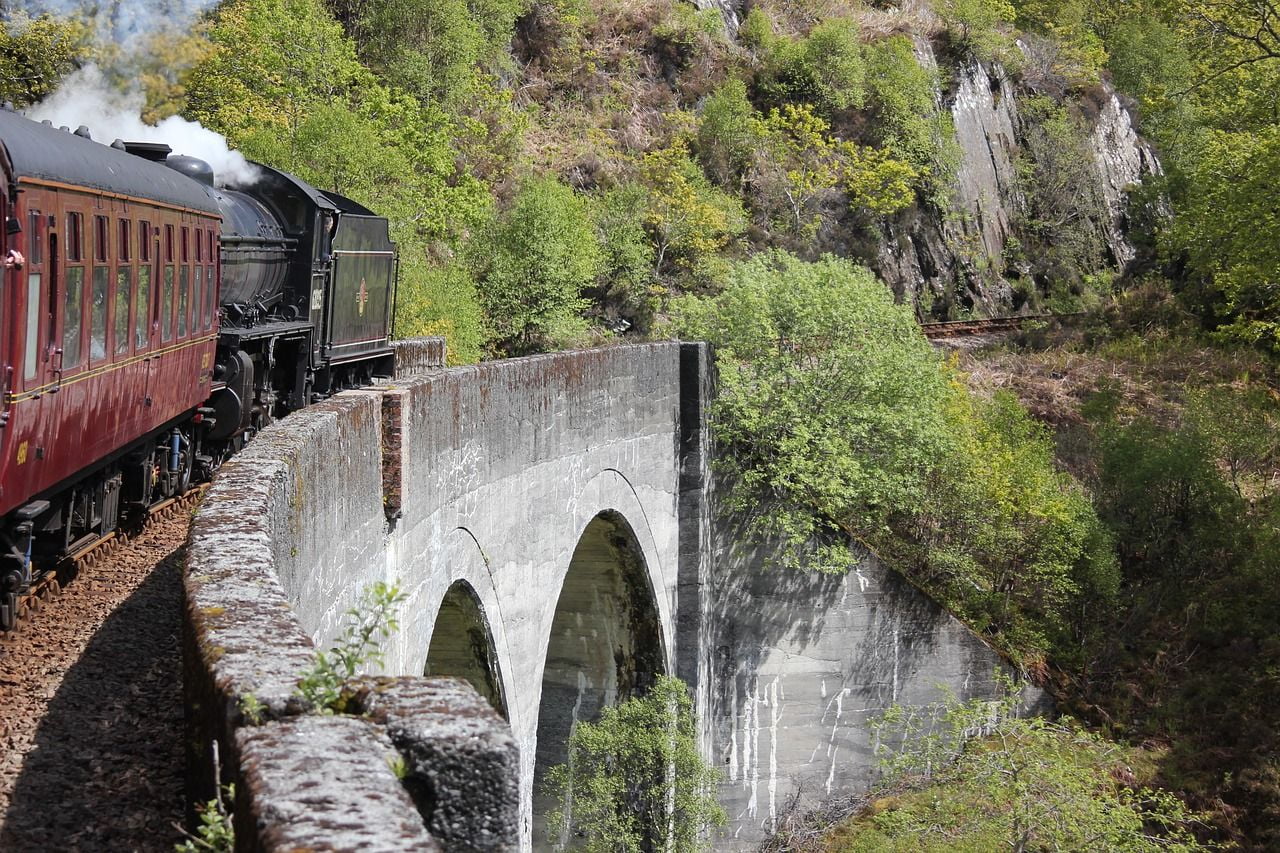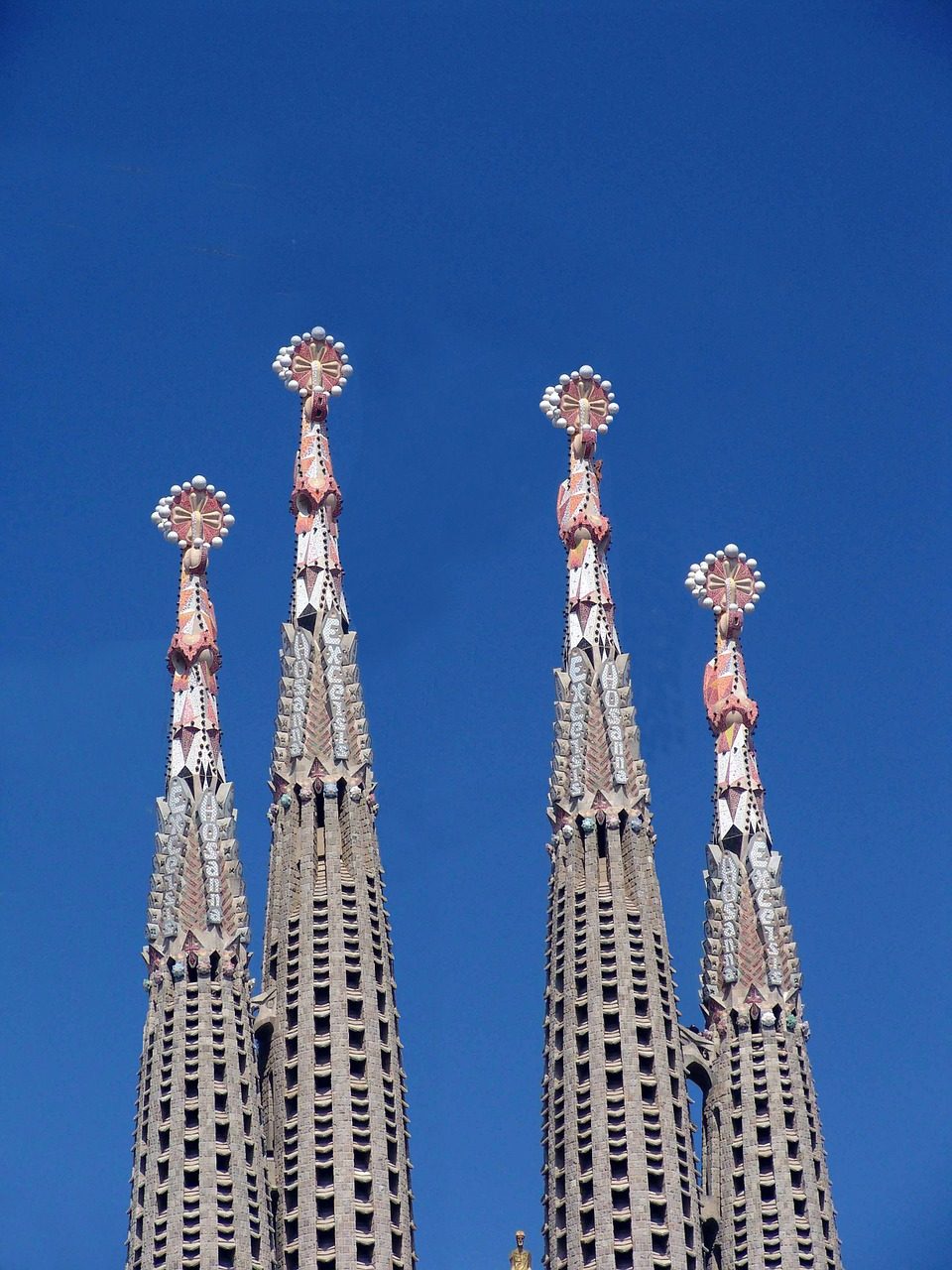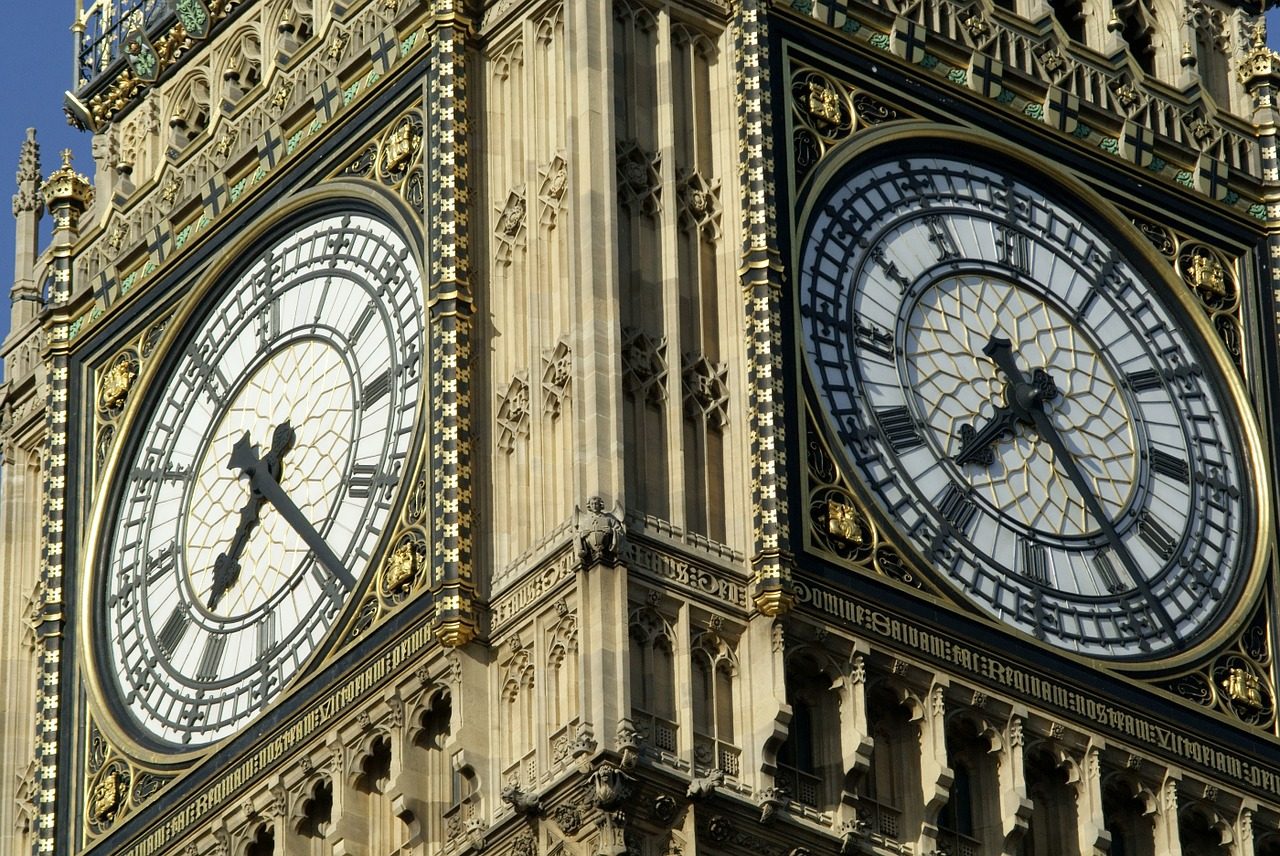The Jacobite Steam Train
Address
Station Square, Fort William, Highland, PH33 6EN
GPS
56.8171774, -5.1132697
It may be said that the “Jacobite Express”, Jacobite Steam Train is the most picturesque rail ride in the world. Since 1984, The Jacobite steam train has ran annually during the summer, going by a number of different names and being operated by a number of different companies, the most recent of which is West Coast Railways.
Both the “Jacobean Train” and the “Harry Potter Steam Train” are names for this train.
Part of the West Highland line is traversed, making it a popular choice for travellers looking to experience Scotland’s rich history, culture, and natural beauty.
 A ride on The Jacobite Steam Train has been called “the greatest railway journey in the world” by many. The route spans 41 miles from Fort William to Mallaig and passes by Loch Eil, the Glenfinnan Viaduct, and Arisaig, among other beautiful landmarks.
A ride on The Jacobite Steam Train has been called “the greatest railway journey in the world” by many. The route spans 41 miles from Fort William to Mallaig and passes by Loch Eil, the Glenfinnan Viaduct, and Arisaig, among other beautiful landmarks.
Every day at 10:15, the service will leave Fort William and arrive in Mallaig at 12:25; at 14:10, it will depart Mallaig and return to Fort William, getting you there by 16.00. The average speed of the Jacobite Train is about 50 mph.
Even while Mallaig is the ultimate goal, a trip on The Jacobite is all about the spectacular sights and experiences along the way.
Starting near Ben Nevis, the highest mountain in Britain, the 84-mile round-trip journey takes you to the most western mainland railway station in Britain, Arisaig.
You’ll travel by Loch Morar, Britain’s deepest freshwater loch, and River Morar, the country’s shortest river, before arriving adjacent to Loch Nevis, Europe’s deepest marine loch.
Glenfinnan, Lochailort, Arisaig, Morar, and Mallaig are just few of the villages you’ll pass through on your way. With the guard’s permission, you can disembark at Arisaig.
Crossing the Glenfinnan viaduct, where you can see the Glenfinnan Monument and Loch Shiel, is a pleasure for many passengers.
The history
The North British Railway completed the West Highland Line’s expansion to Mallaig in 1901. The British government significantly sponsored its construction with the goal of bringing more people to the more distant parts of the Scottish Atlantic coast.
 As part of the British Rail Modernization plan, steam locomotives were phased out in 1967 and replaced by more reliable and efficient diesel locomotives over the whole West Highland Line.
As part of the British Rail Modernization plan, steam locomotives were phased out in 1967 and replaced by more reliable and efficient diesel locomotives over the whole West Highland Line.
In 1984, however, ScotRail reintroduced steam-hauled service along a portion of the route in an effort to increase tourism. The train, originally dubbed the West Highlander, was so popular that its name was changed to The Lochaber.
After the privatisation of British Rail in 1995, the operating licence for the West Highlander trains was awarded to West Coast Railways, who renamed the service “The Jacobite” to reflect the many local ties to the historic Jacobite political movement.
Due to the overwhelming response to the first daily Jacobite service, West Coast Railways began operating two trains during the peak summer months of June, July, and August in 2011.




